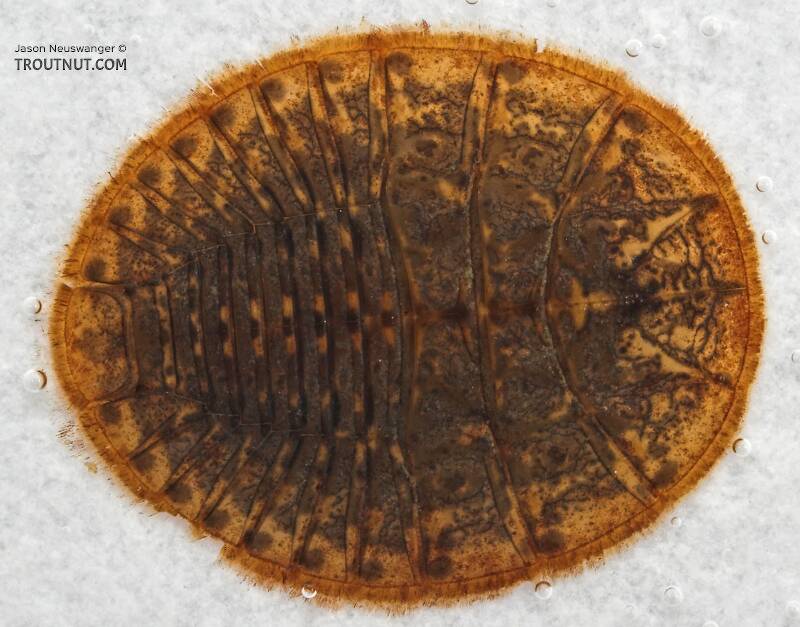
Blue-winged Olives
Baetis
Tiny Baetis mayflies are perhaps the most commonly encountered and imitated by anglers on all American trout streams due to their great abundance, widespread distribution, and trout-friendly emergence habits.
Featured on the forum

This one seems to lead to Couplet 35 of the Key to Genera of Perlodidae Nymphs and the genus Isoperla, but I'm skeptical that's correct based on the general look. I need to get it under the microscope to review several choices in the key, and it'll probably end up a different Perlodidae.

Troutnut is a project started in 2003 by salmonid ecologist Jason "Troutnut" Neuswanger to help anglers and
fly tyers unabashedly embrace the entomological side of the sport. Learn more about Troutnut or
support the project for an enhanced experience here.
Okeydokey01
Posts: 2
Posts: 2
Okeydokey01 on Apr 29, 2008April 29th, 2008, 1:34 am EDT
what do the water pennies eat?
Taxon on Apr 29, 2008April 29th, 2008, 12:47 pm EDT
OD-
Water penny beetle larvae feed on periphyton, a complex mixture of algae, cyanobacteria, heterotrophic microbes, and detritus coating the rocks to which they attach themselves. The adults are not aquatic.
Water penny beetle larvae feed on periphyton, a complex mixture of algae, cyanobacteria, heterotrophic microbes, and detritus coating the rocks to which they attach themselves. The adults are not aquatic.



